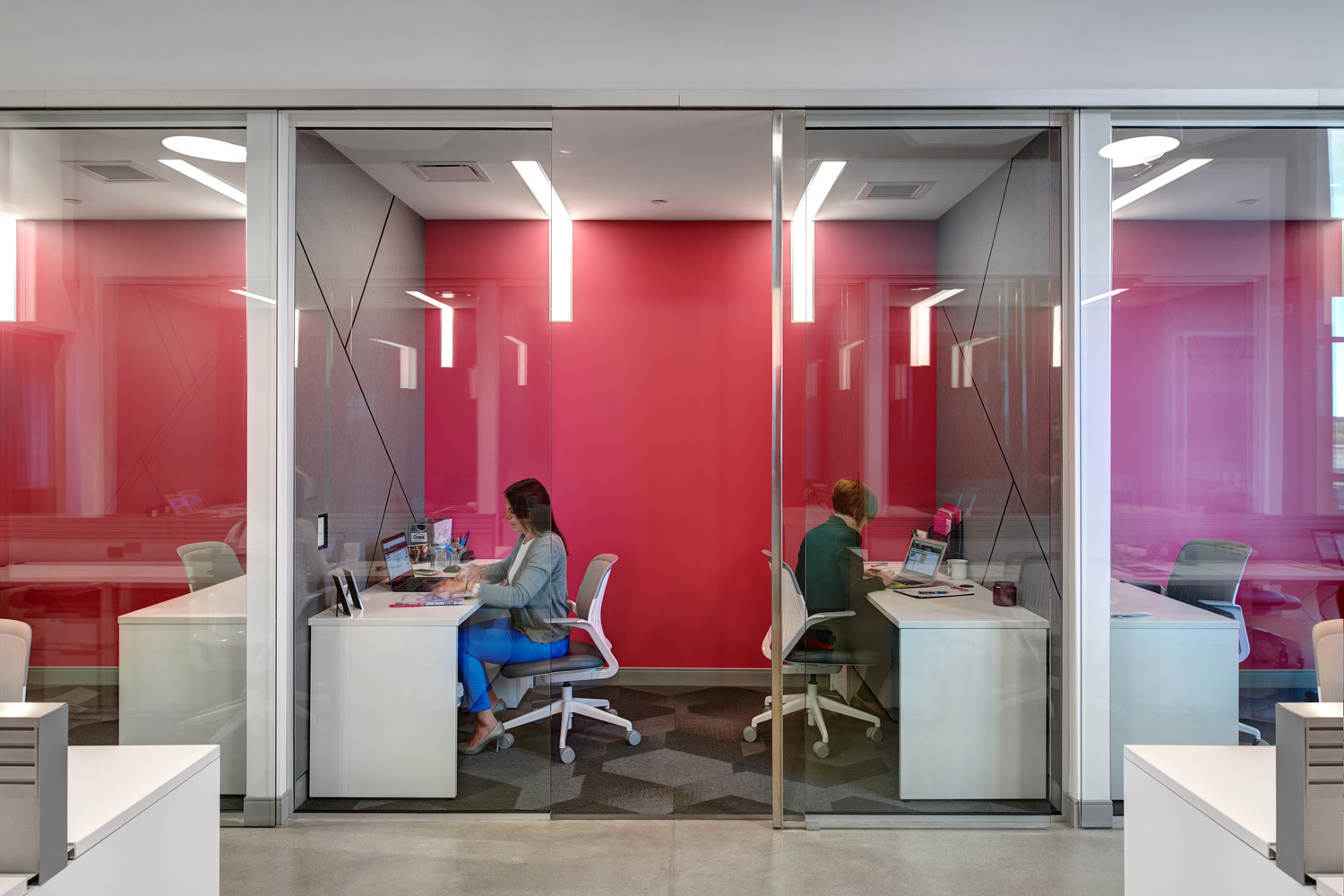Which meeting method is better? Face-to-face or virtual?
March 08, 2021
While navigating 2020, INVISION needed to find new ways to obtain client feedback. When working on a school design project, we feel engagement with not only with administration, but also the students and community is critical for project success. When the pandemic hit, we shifted to holding these meetings virtually.

In a recent Zoom meeting with a group of 3rd and 4th graders, we showed them different images of educational spaces and asked them what they liked. While students of any age typically don’t hesitate to share their opinions, virtually or face-to-face, it would have been logistically challenging to schedule a face-to-face meeting. In this meeting, we learned some students don’t want a bunch of bright, contrasting colors. Their comment? “It’ll be too hard to focus. It’s not very practical.”
Today, both virtual and face-to-face meetings can provide us with the opportunity to develop stronger relationships with our clients. Looking back, we’ve noticed a trend with the successes and challenges to both meeting options. Here’s what we discovered:
FACE-TO-FACE SUCCESSES
- Get to know each other
- Can involve more people
- Longer timeframe for comments
- Open Communication
FACE-TO-FACE CHALLENGES
- Directing focus
- Social distancing requirements
VIRTUAL SUCCESSES
- Can reach more people
- Can enlarge and highlight different views
- Level playing field for opinions
- Chat function for individuals uncomfortable with vocalizing
- No travel needed
- Opportunity to train interns
VIRTUAL CHALLENGES
- Digital generational divide
- Not as personable as face-to-face
- Following and responding to chat comments
- Having dialogue
Virtual meetings are here to stay. Before the pandemic, lots of people inside and outside of the workplace didn’t feel comfortable navigating a virtual meeting. Now that we’ve been forced to adapt, it’s like riding a bike — we’ve practiced so much now, we know we’re not going to crash.